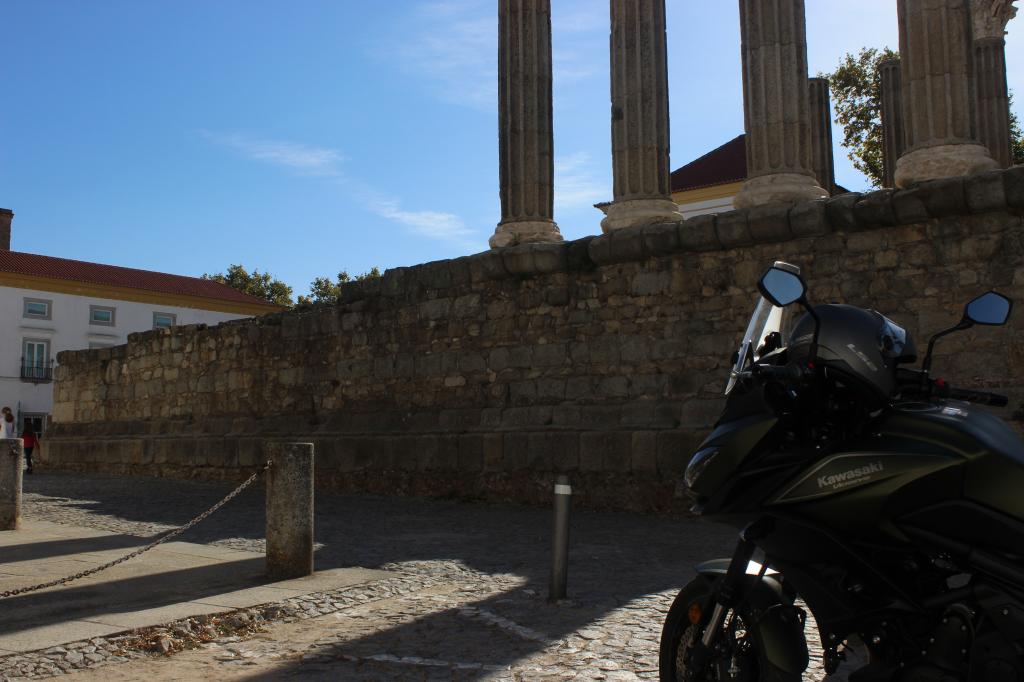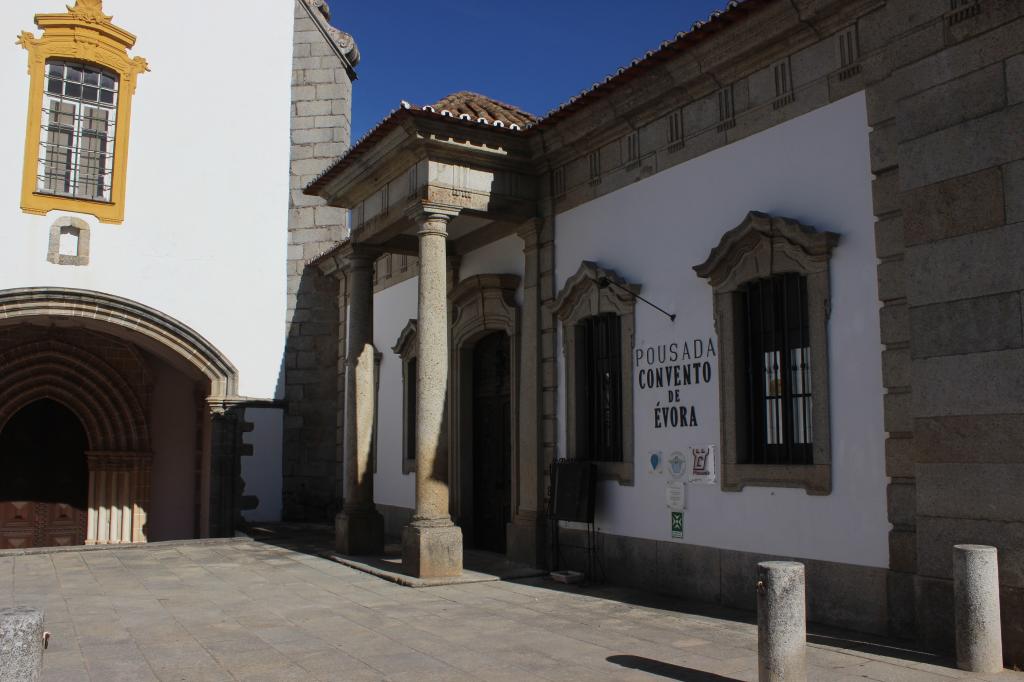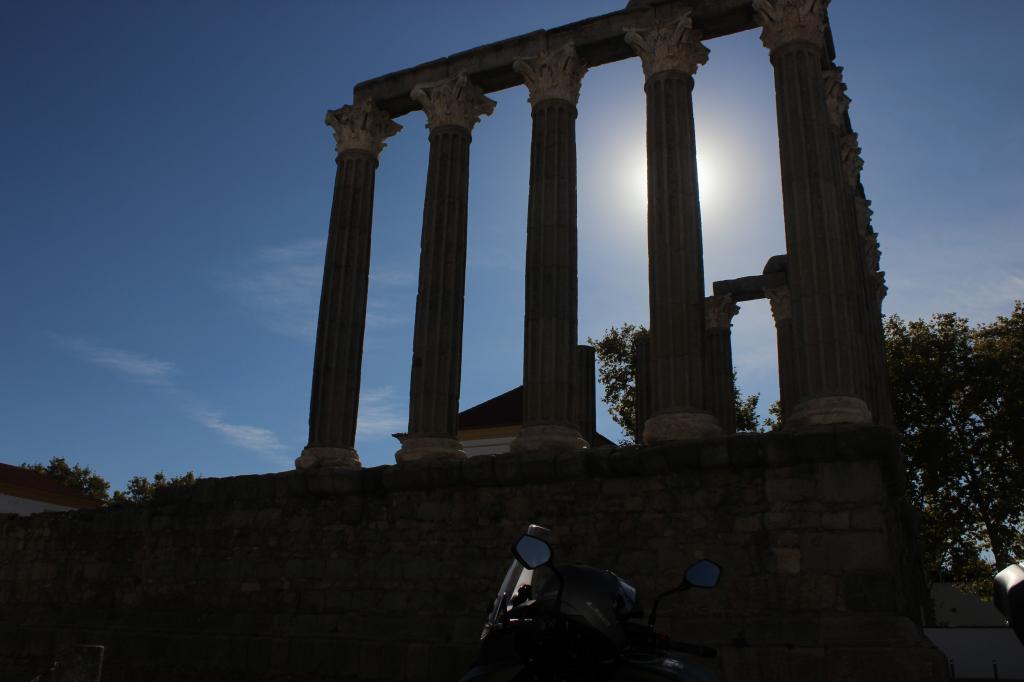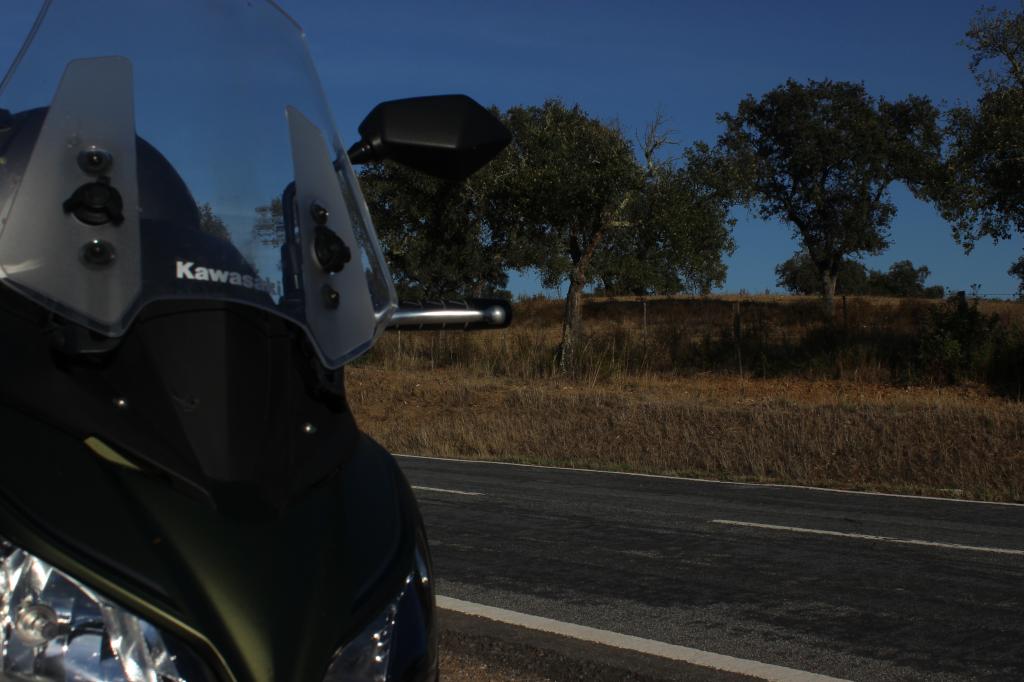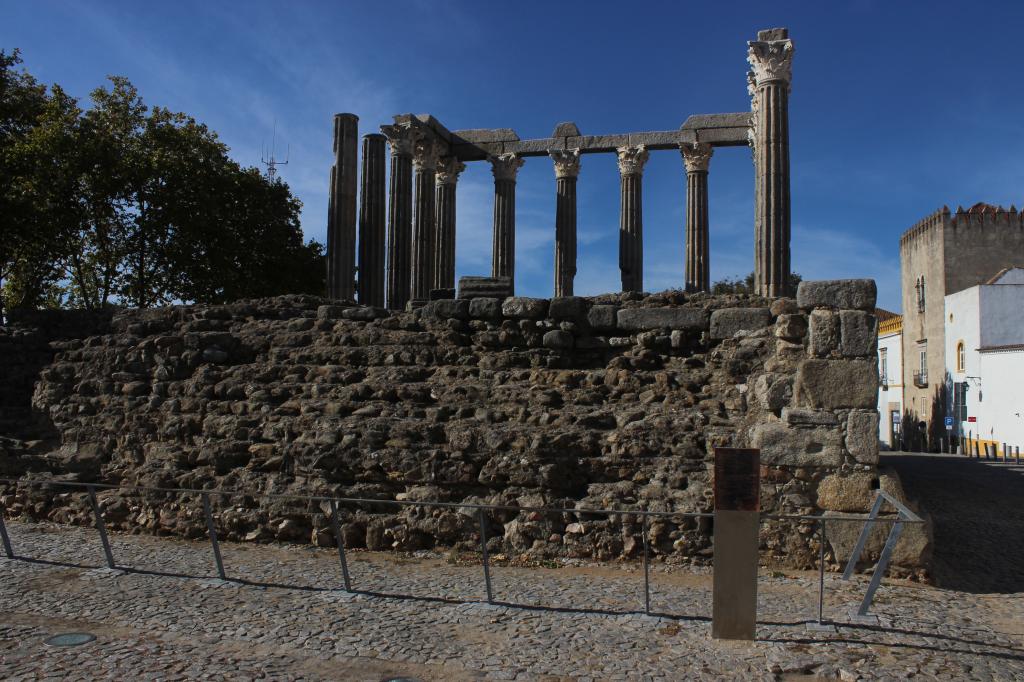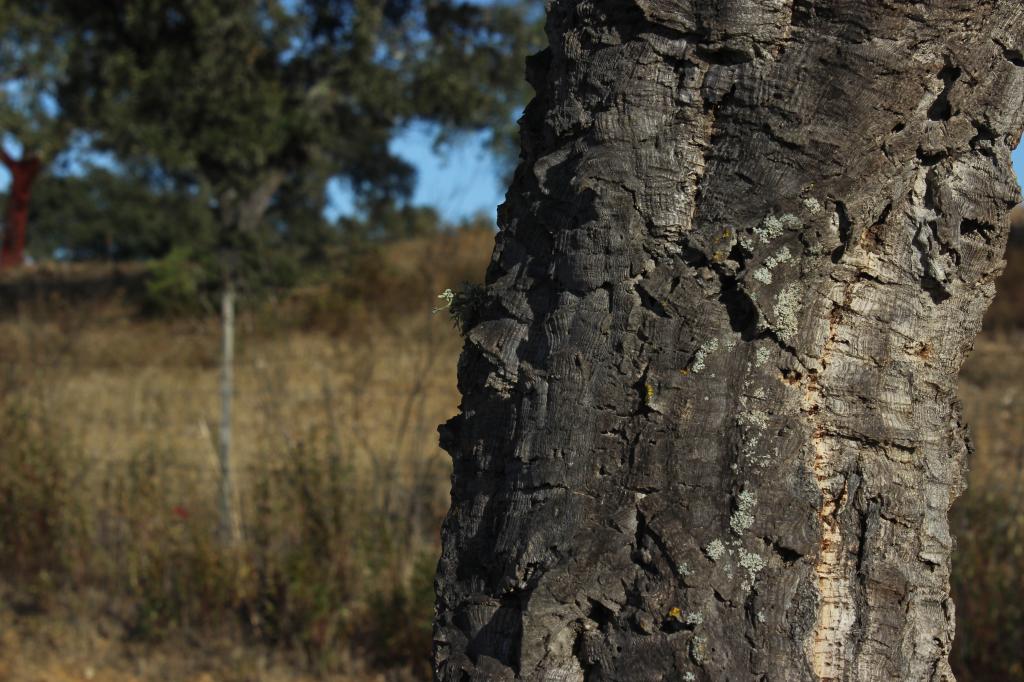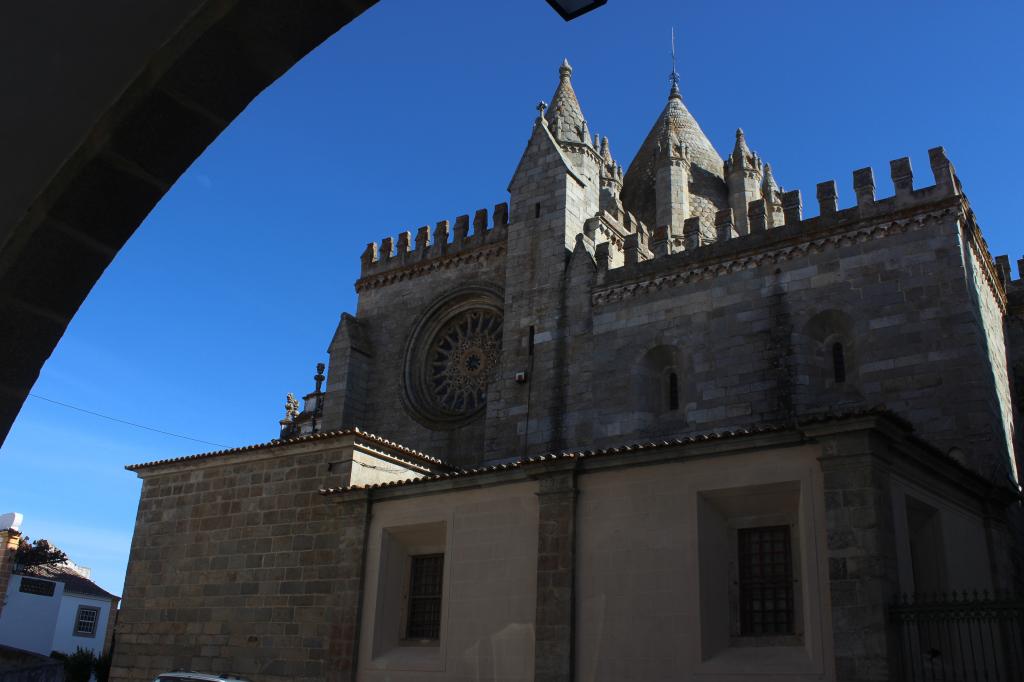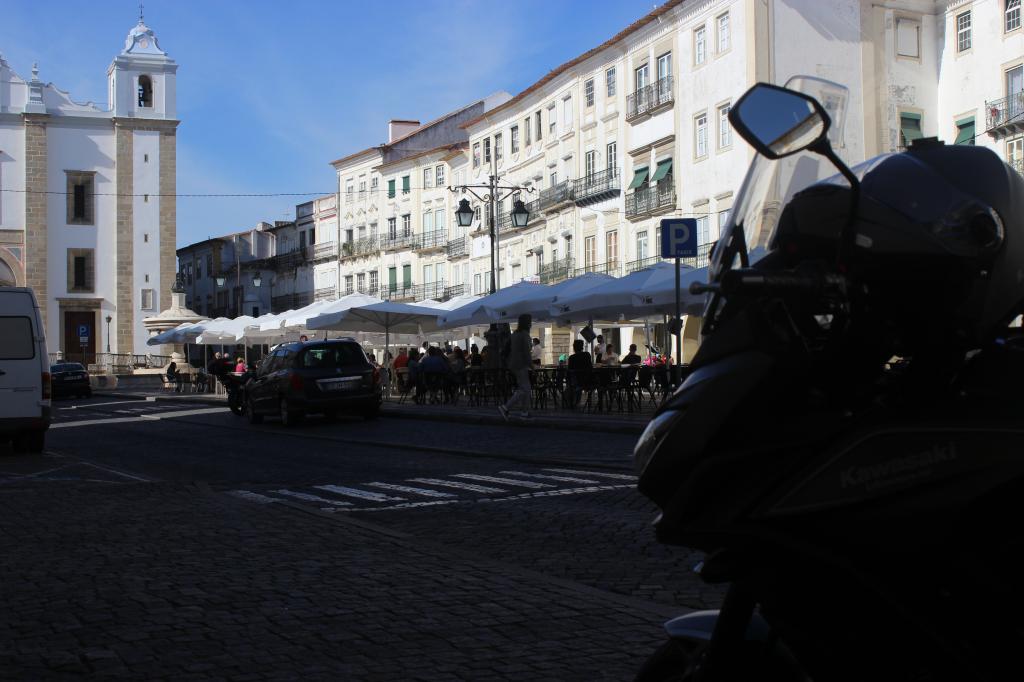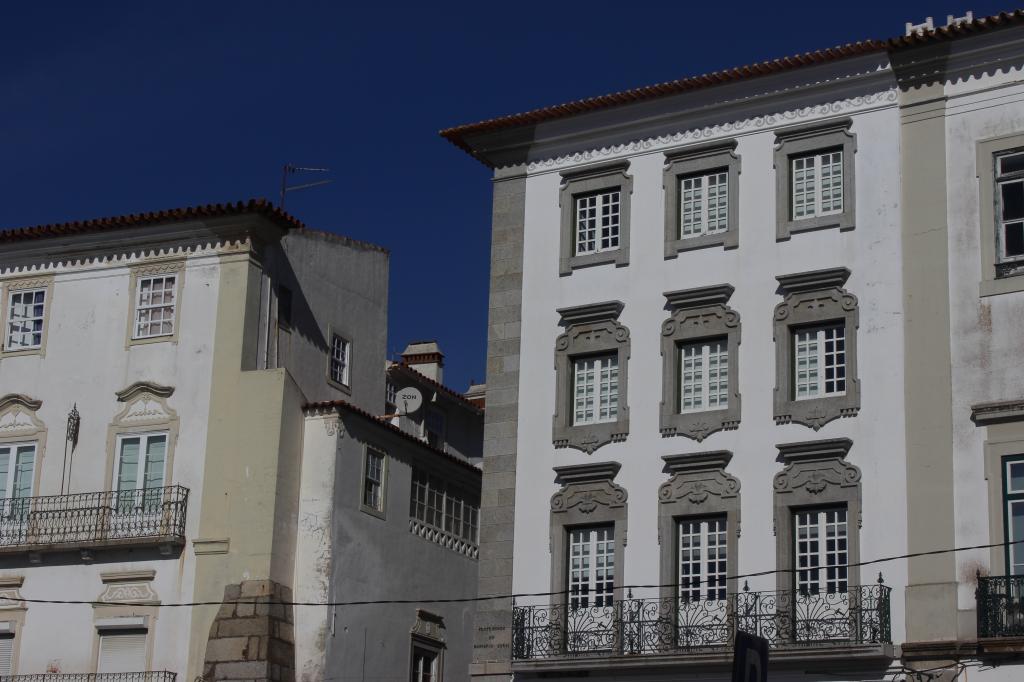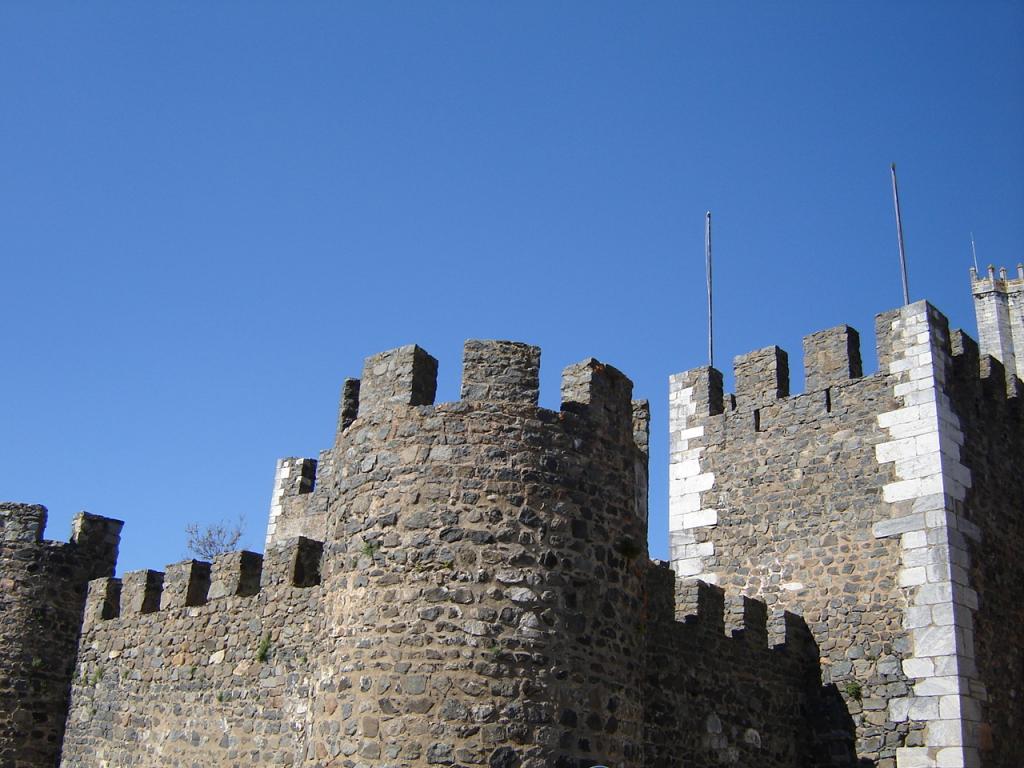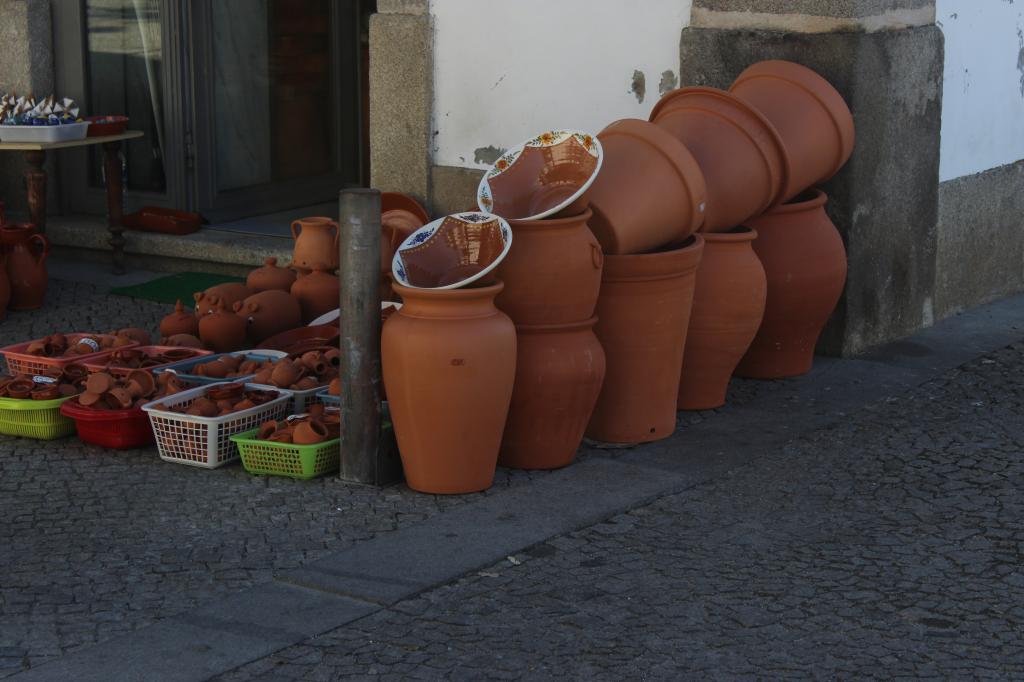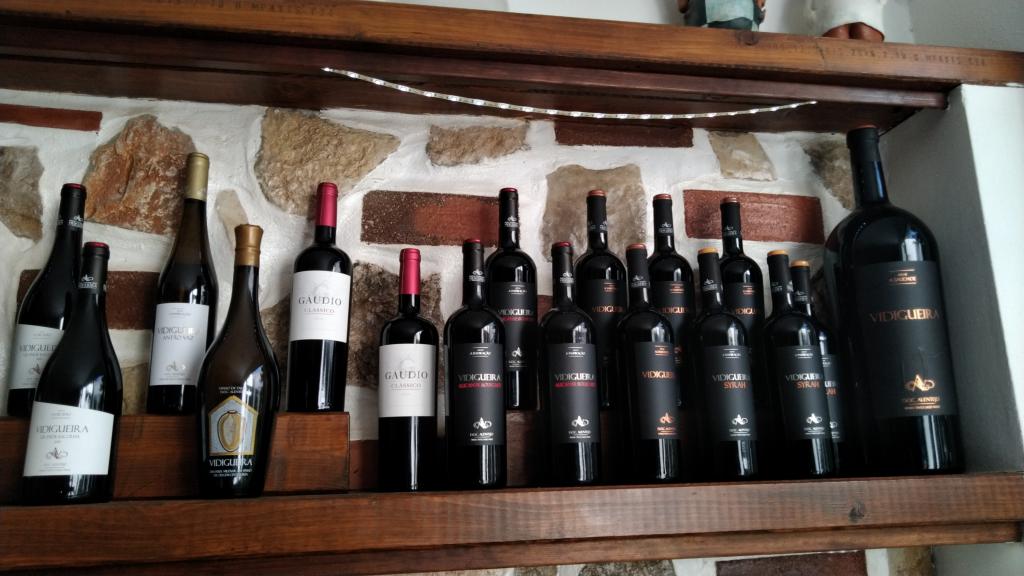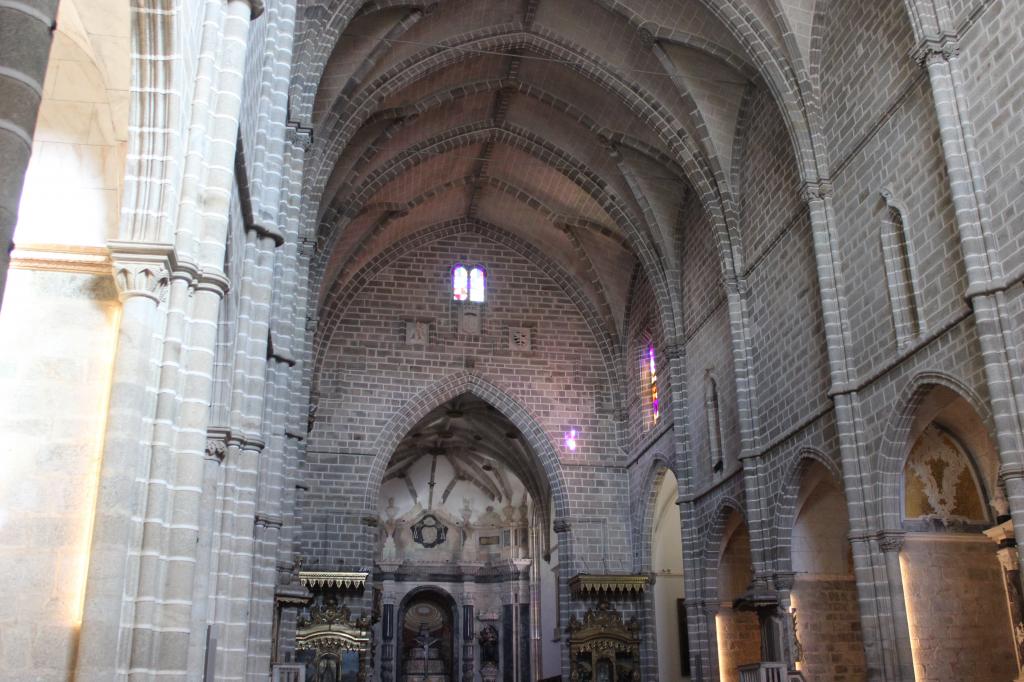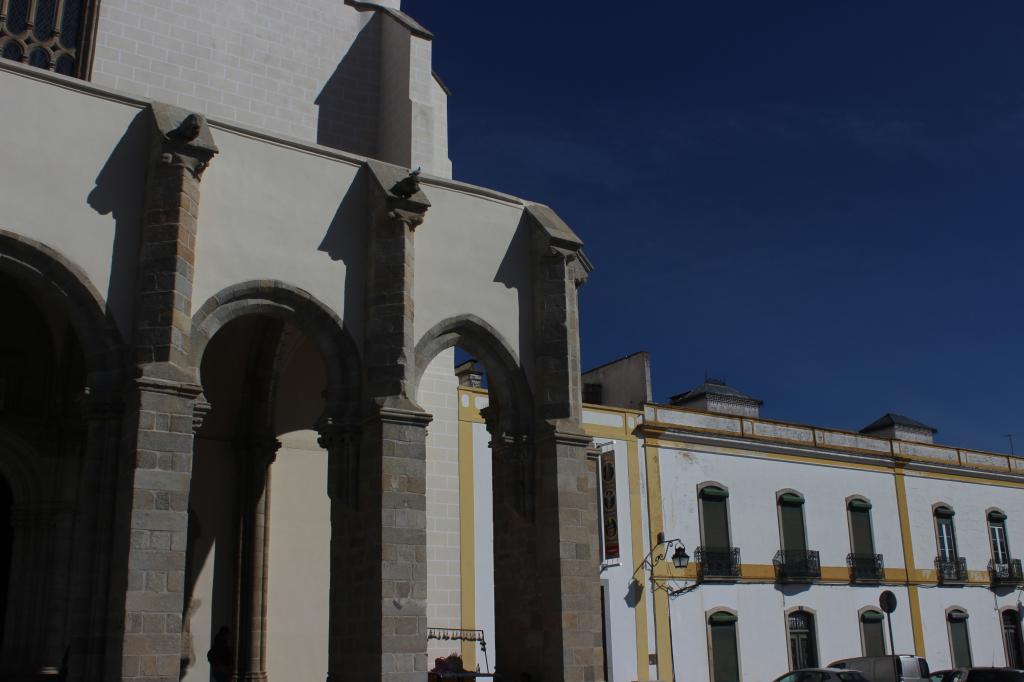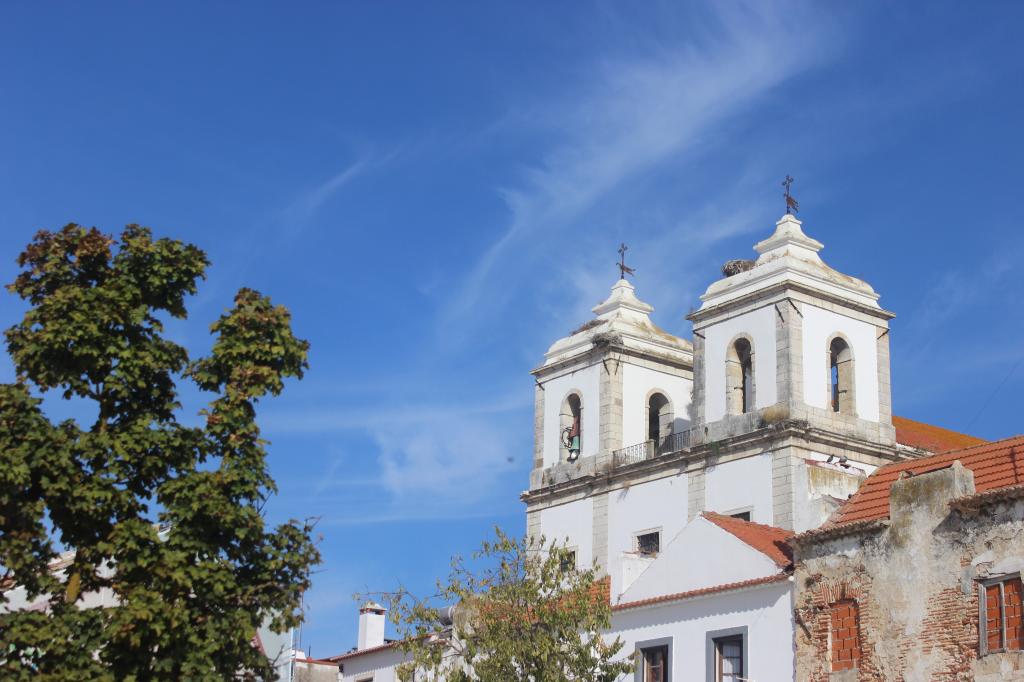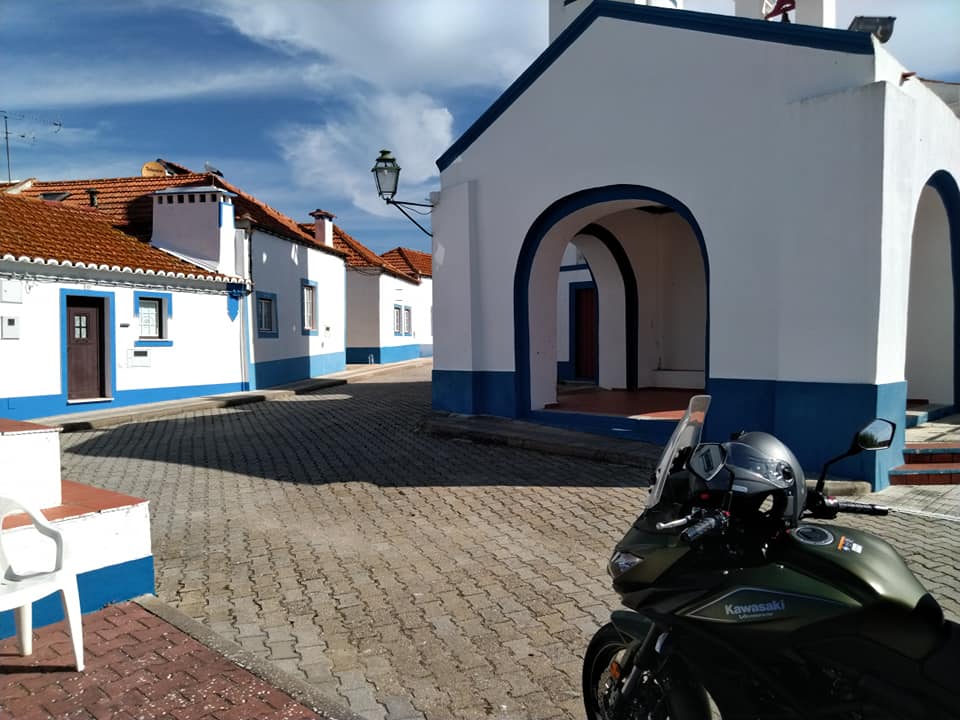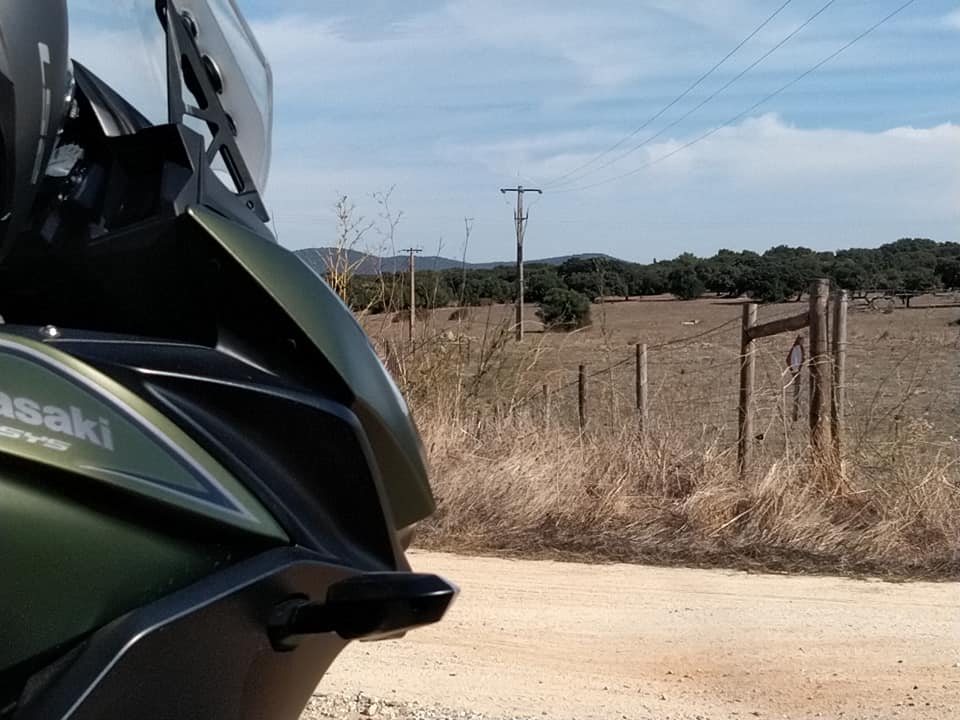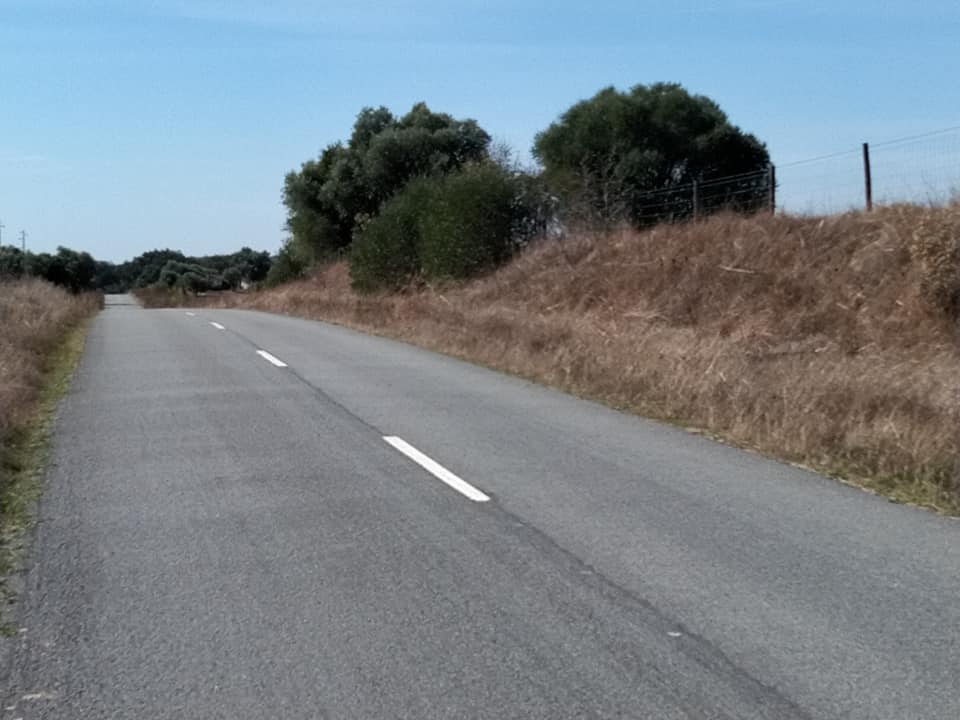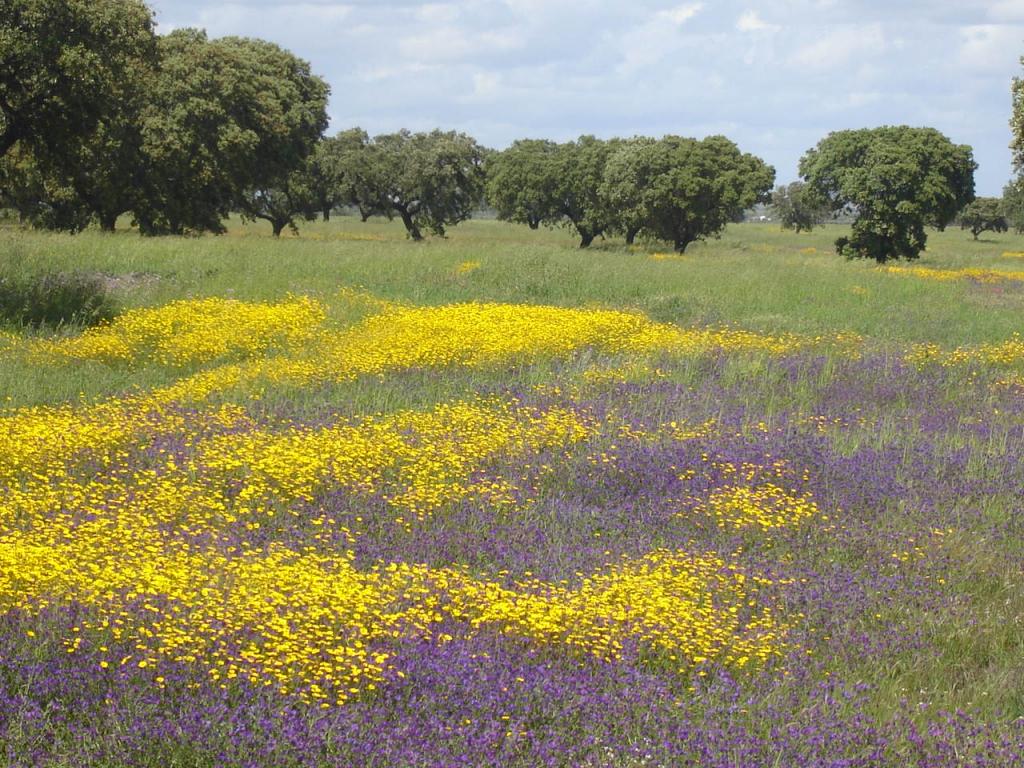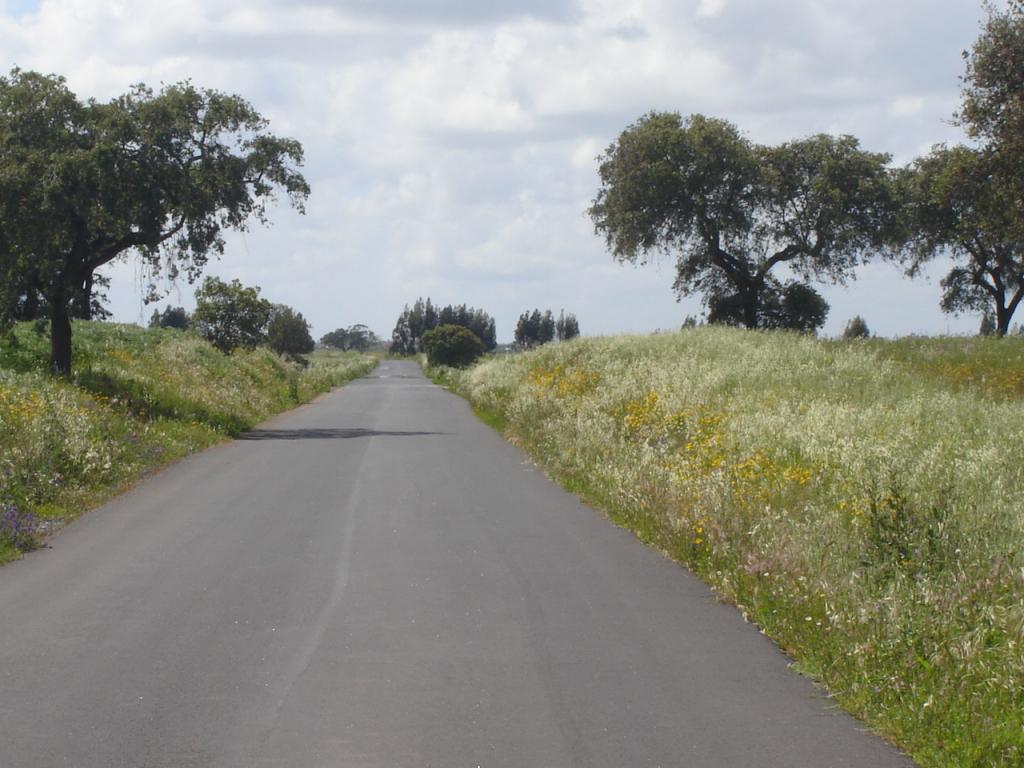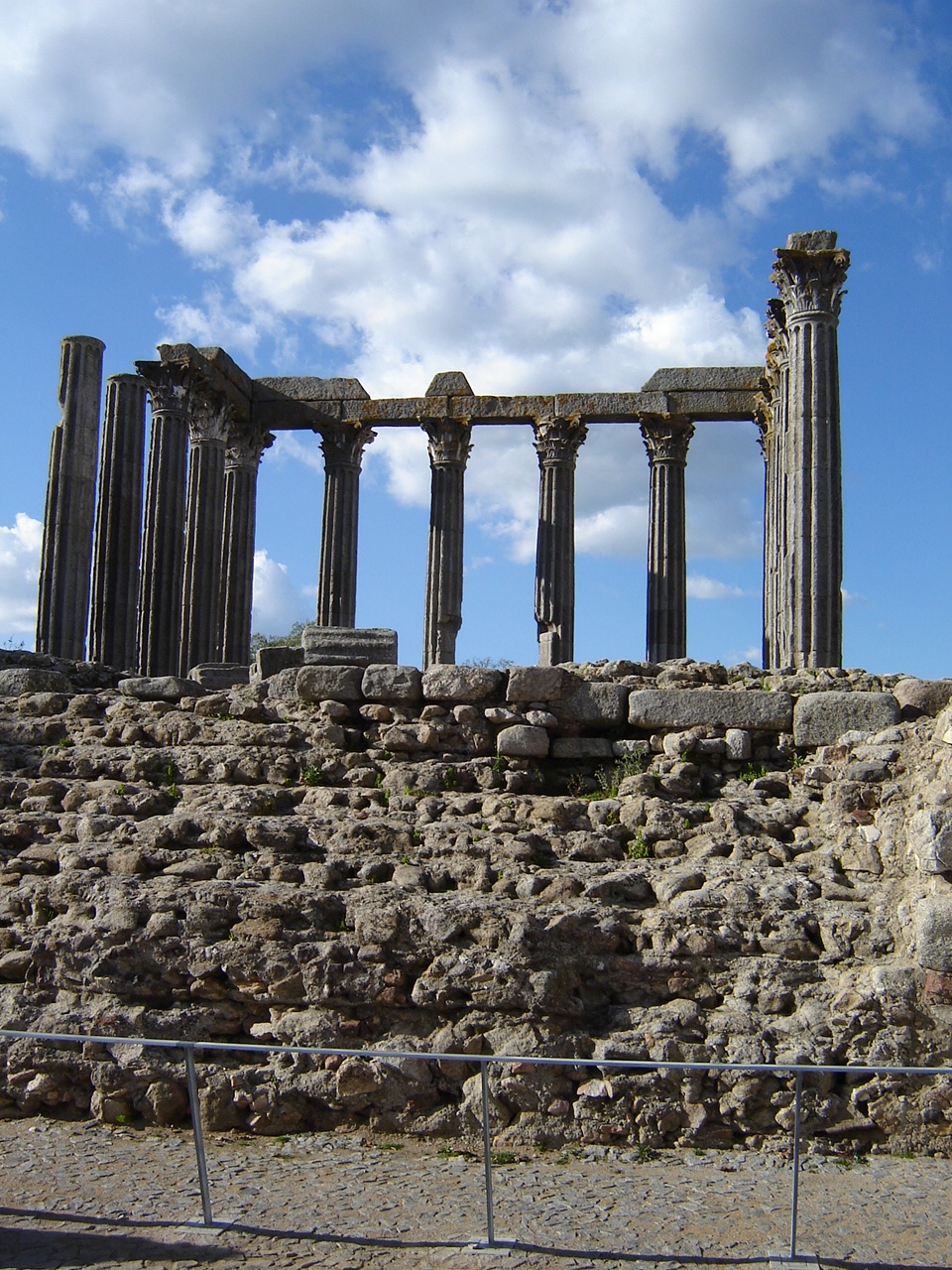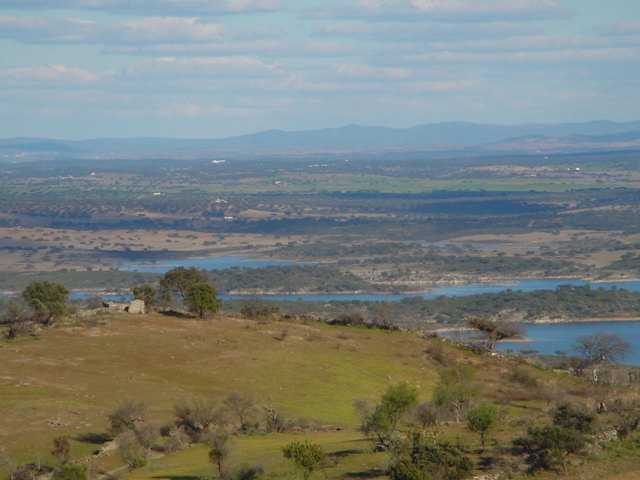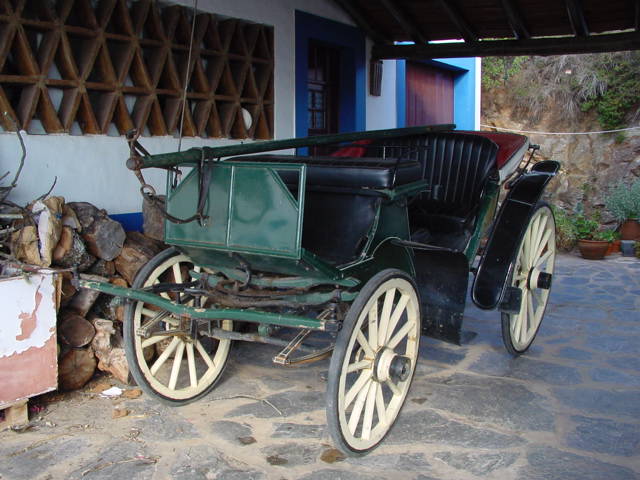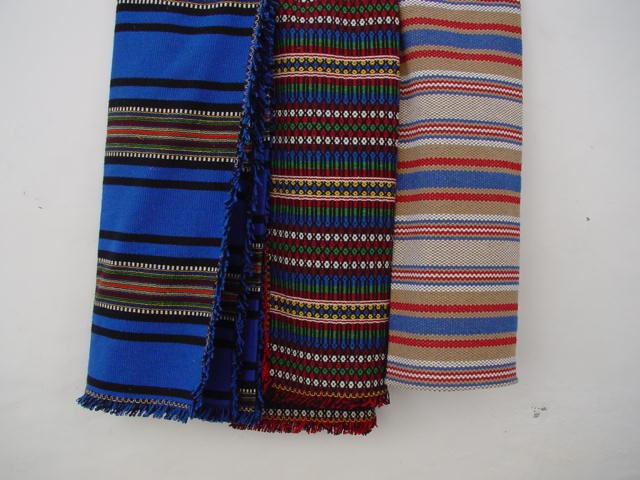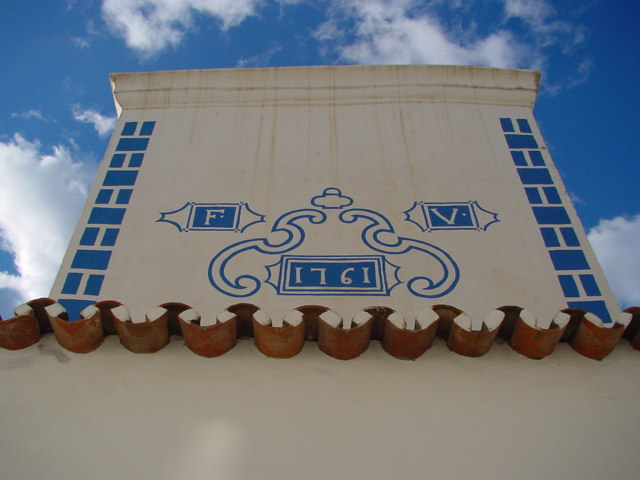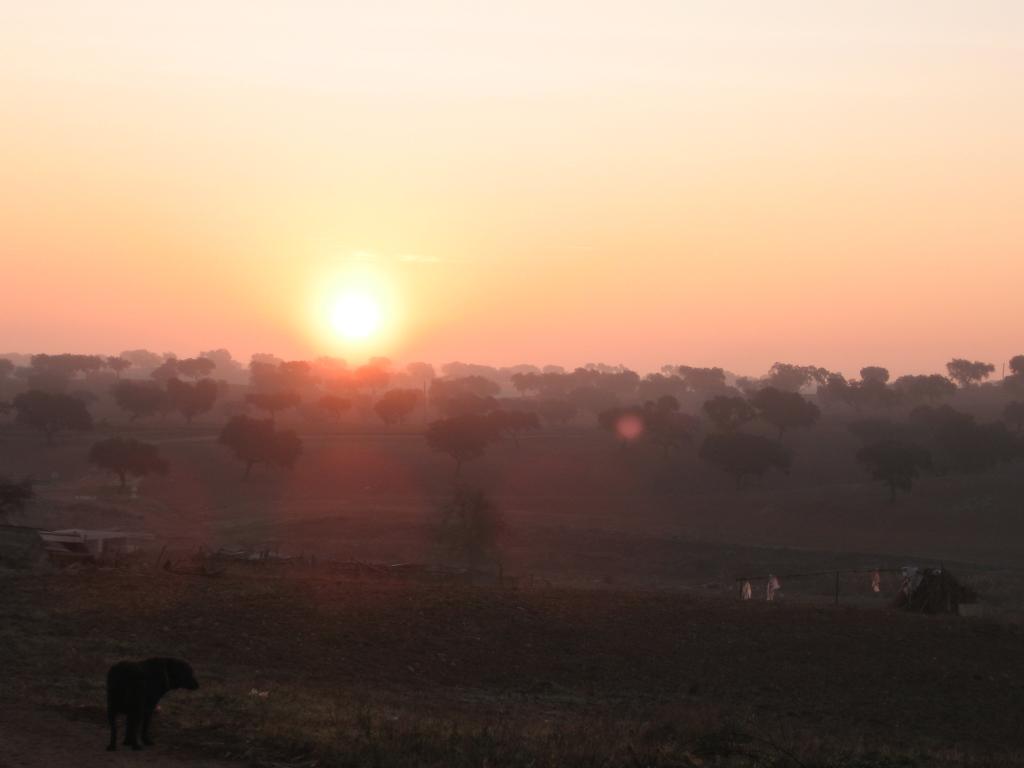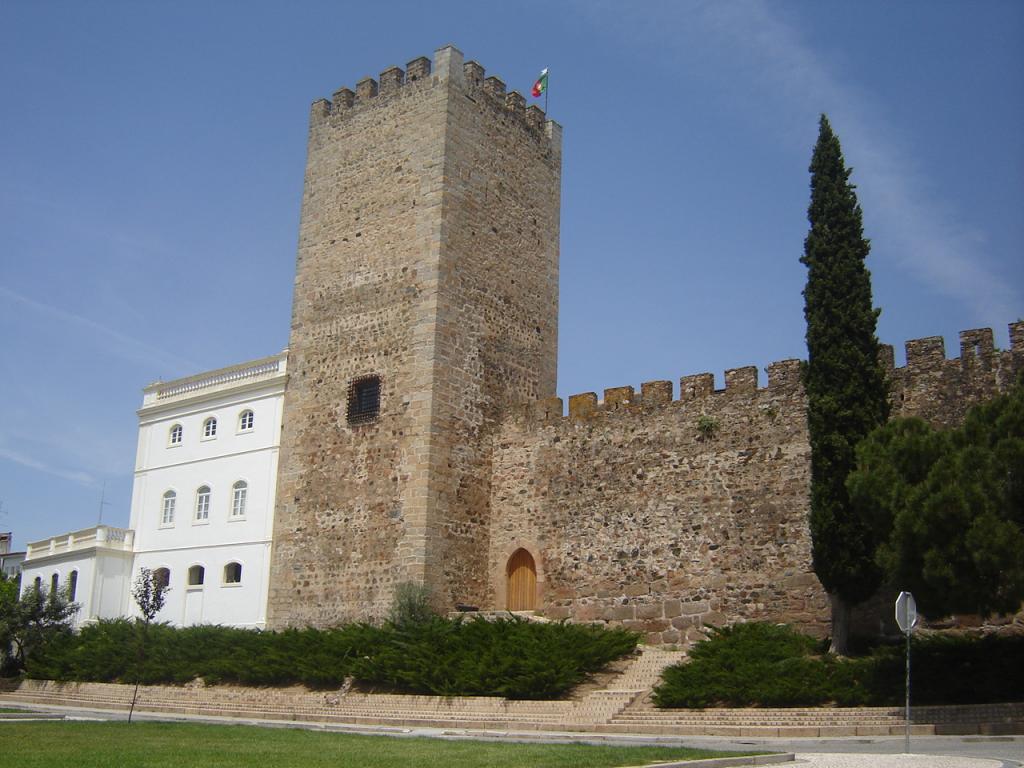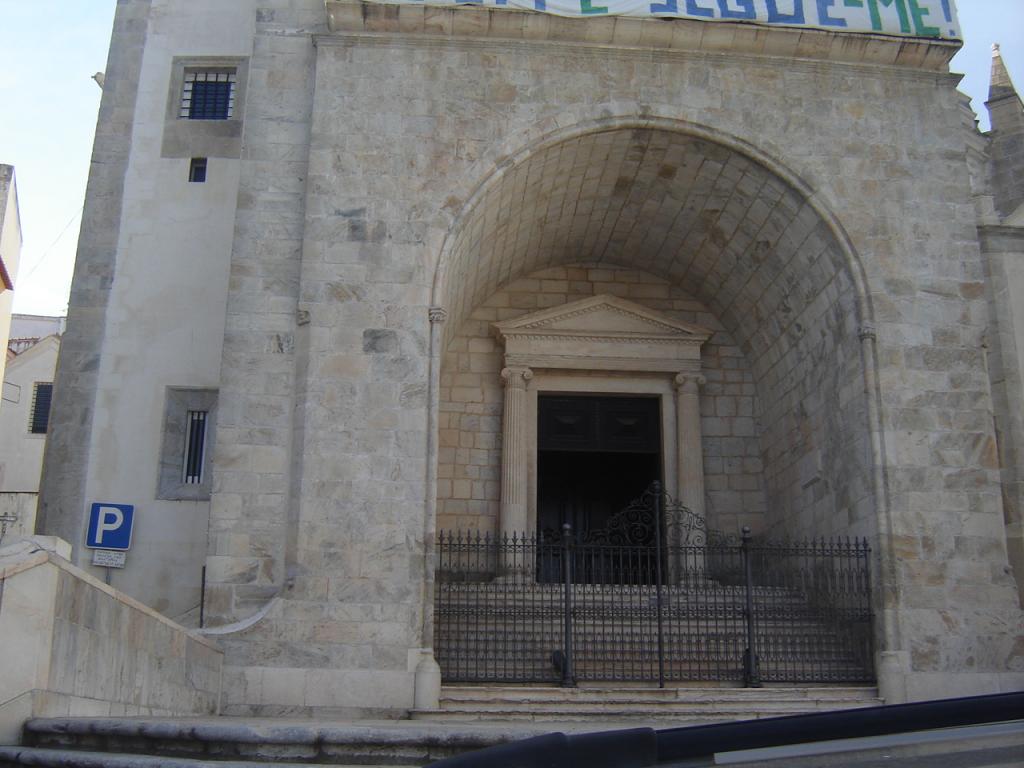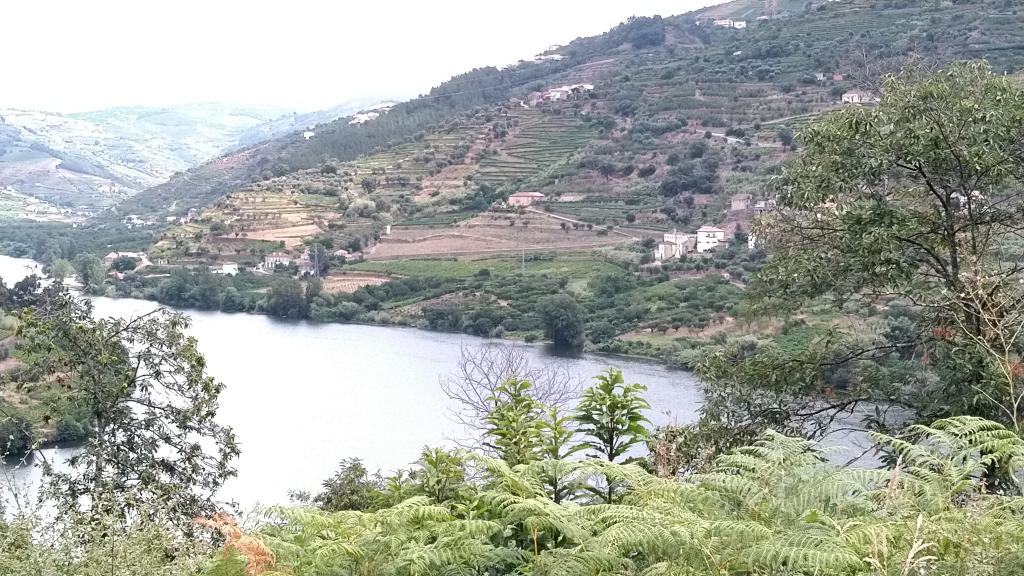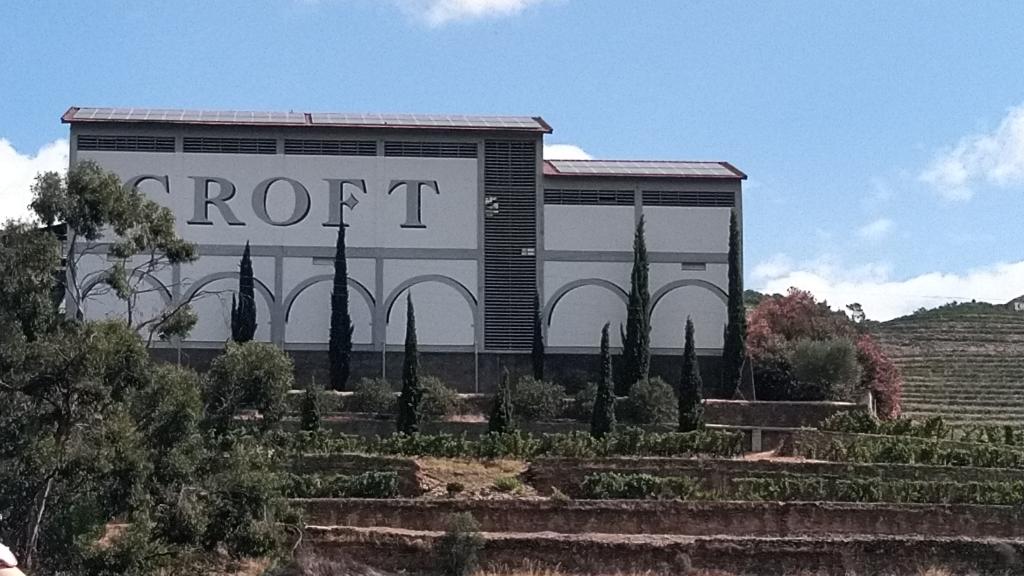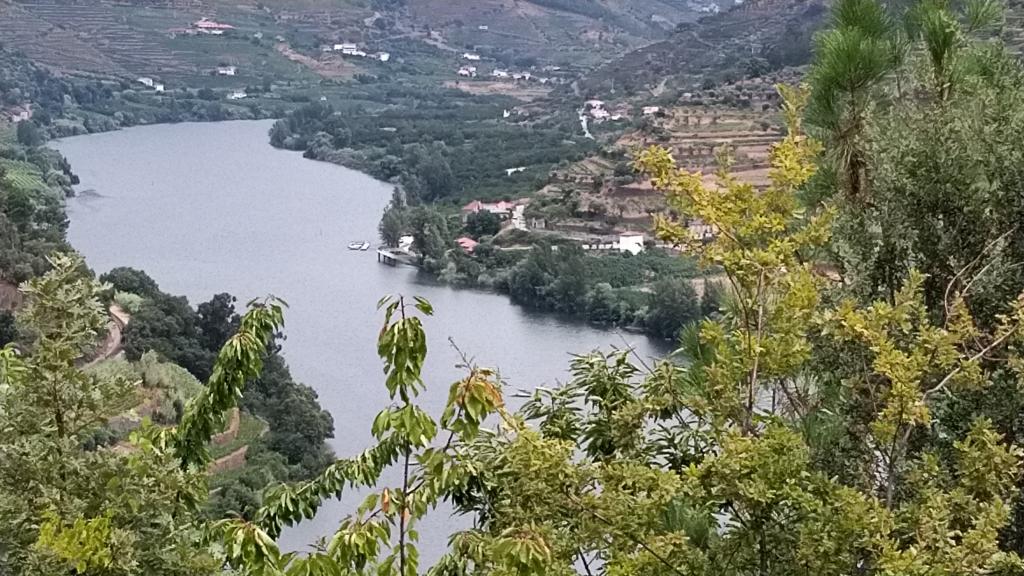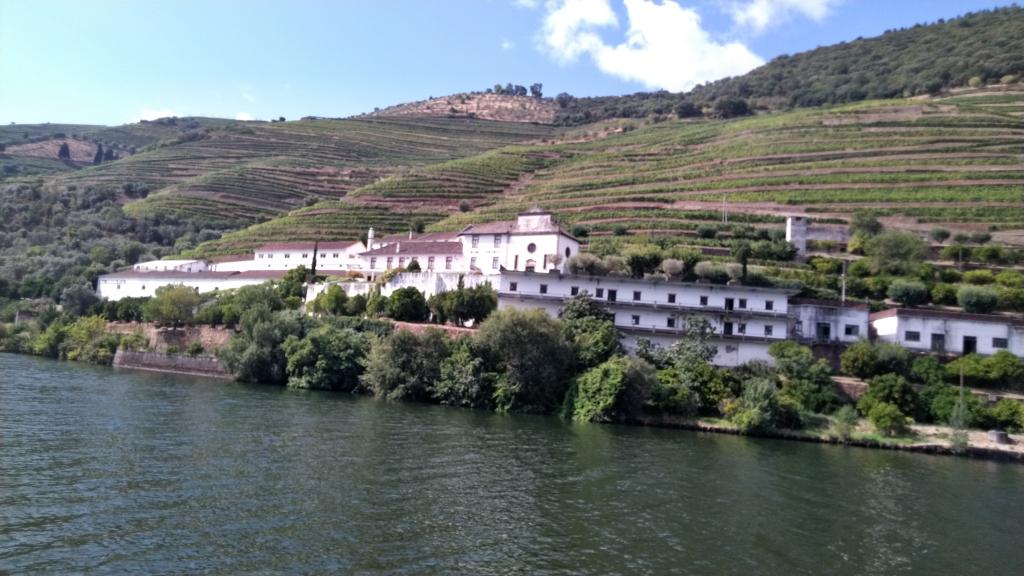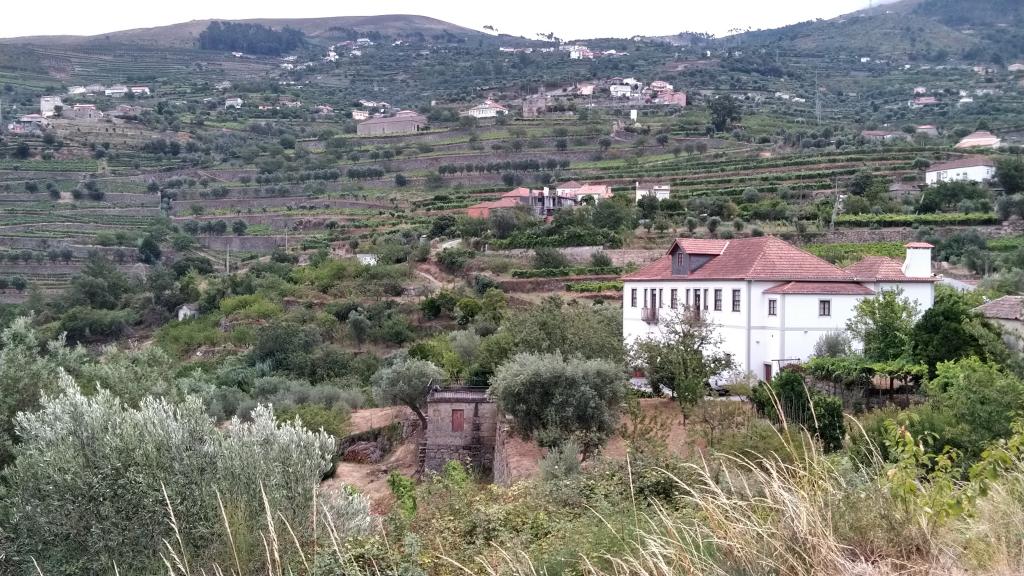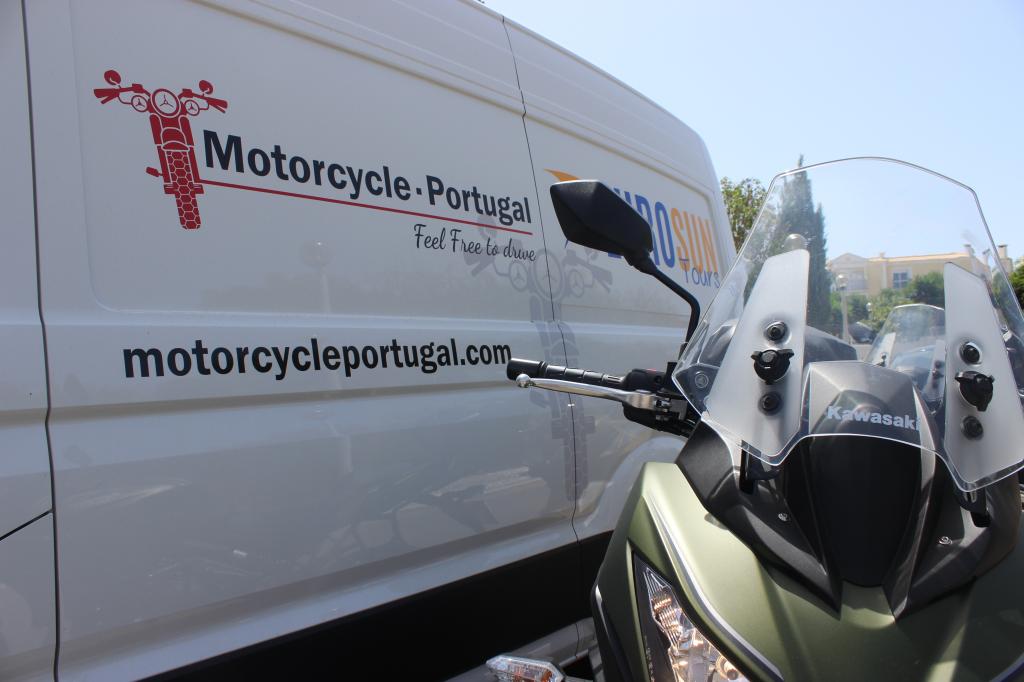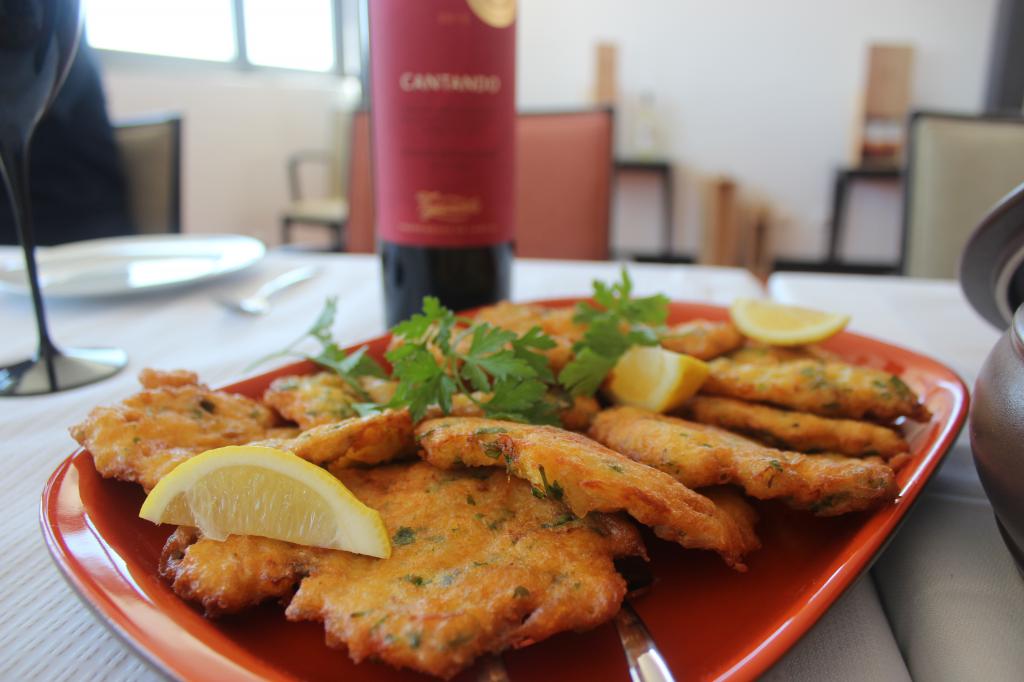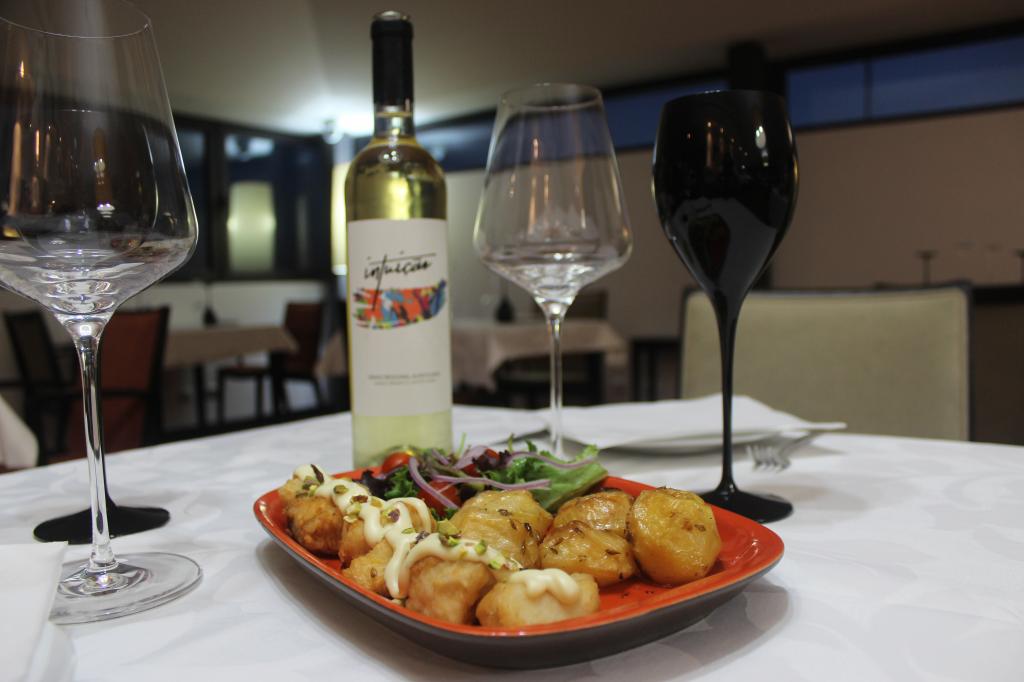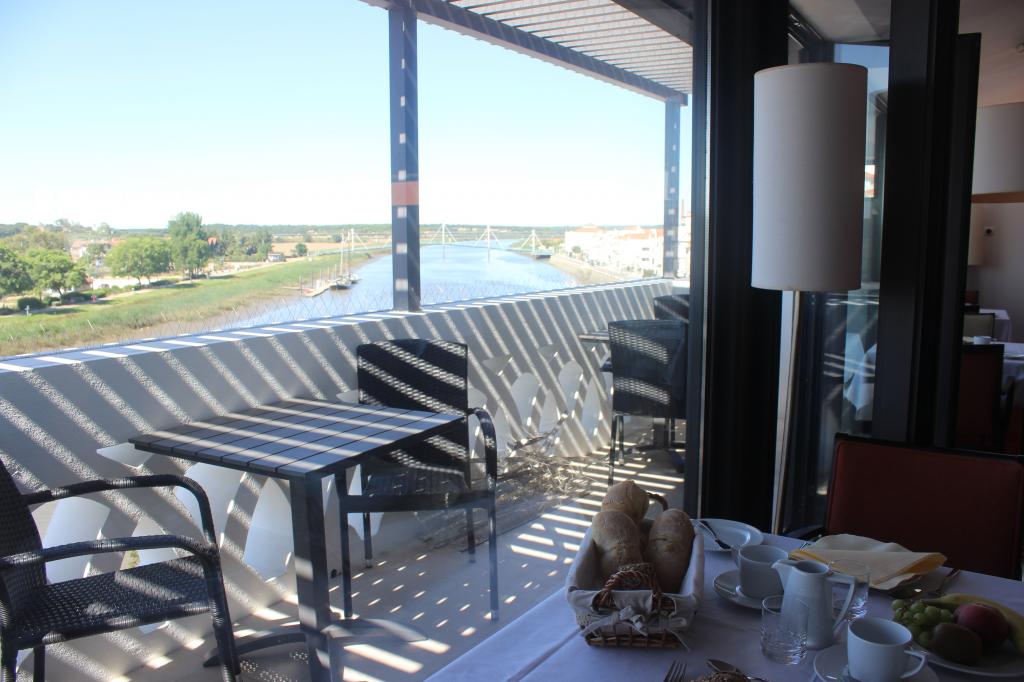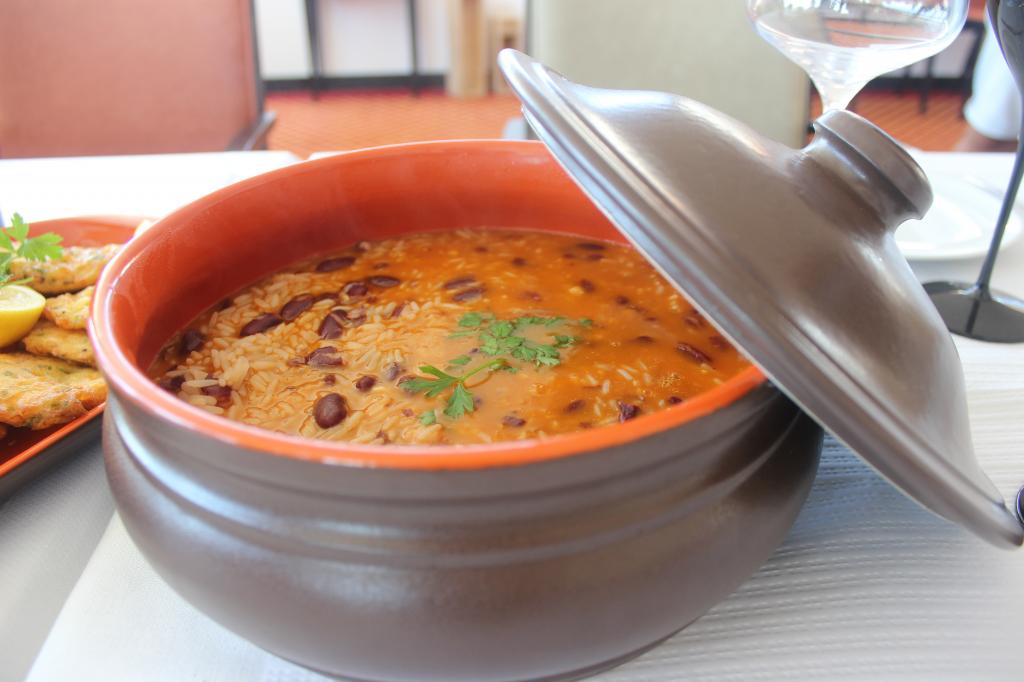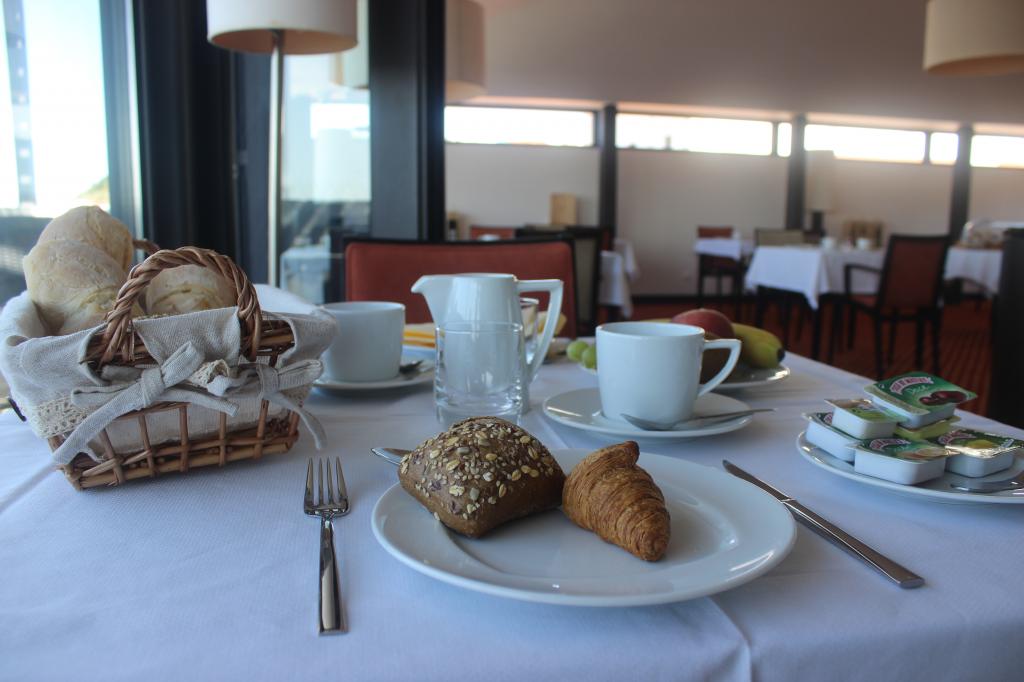Pousadas de Portugal - 6/ 5 Days - 4 / 5 Nights
- Self Guided Tour - Personal Bike
Description
Our tours are subject to confirmation, within the current situation.
From Faro to Porto | alteration | subject to confirmation |
2 night at Hotel Ordem de Santiago ( Alcácer do Sal )
1 night at Vila Galé Evora
1 night at Pousada de Viseu / option / Montebelo Viseu
1 night at Hotel de Guimareas
All quoted prices are per Single Room, including breakfast – 4 nights
In case of unavailability for a pousada included on the circuit there will be a suggestion to the nearest Pousada / or Hotel / at the same level and at the same price.
Other nights are in a Hotel | BB inluded - Not Included
1 night at Porto or 1 night at Lisboa
Our tours | Subject to confirmation
Scheduled according request. Pick you up and Drop
Local guide will pick you up at your hotel, airport or other meeting point.
Personalized Transport in a Luxury Mercedes or Similar vehicle
Included:
4 Night Single Room w / BB included
Note: 1 Night Single Room | BB included
( Faro or Porto - Arrival or Departure )
2 Dinner w Drinks included ( Place on confirmation )
24 Hrs Support | Road assistance
Transfer from / to Faro Airport to ( up to 35 Kms )
Note : Extra Person / Suplement
Doble Room w / BB Included : Subject to confirmation & On Request
Insurance - Please confirm the # Insurance Terms and Conditions #
Customer insurance
The insurance policy in force for this tour:
See conditions / for more information
Make it Private : Inquire your private tour date for you and your friends
Not Included:
Lunches | Drinks | Flights | Personal Expenses | Fuel | Parking | Toll
Driver Personal accident insurance ( OPTIONAL & Not Included )
REQUIREMENTS | ask for more information before the reservations
Identity card or passport
All taxes ( VAT included 23 % )
The information may change without notice.
All conditions are confirmed in the process of confirming reservations.
The price are : Euros | Program valid from : 01 Fev 2024 till 31 Oct 2024
Depart From
Algarve
Porto | Faro | Lisboa
Schedule
-
1- Day
Time to visit Porto & Drive to Guimarães
The Porto Baixa (Downtown) is laid out around the Avenida dos Aliados (Avenue of the Allies), the city´s focal point. At the top of this thoroughfare, there is the imposing Municipal Council building. At the other end, it opens onto the Praça da Liberdade (Liberty Square) where there is a statue of a mounted Pedro IV (19th c.), emperor of Brazil and, like much of Oporto, a supporter of the Liberalism movement. In a show of recognition, the king literally gave his heart to the city, now watched over in the Church of Lapa.
and
Guimarães is considered the birthplace of Portugal because Afonso Henriques, who went on to be the first king of Portugal, was born here.
The historical centre in the area that was within the Guimarães city walls, is associated with the formation and identity of Portugal, and was classified a World Heritage site based on the originality and authenticity applied in its restoration. The city still has a harmonious, well-preserved heritage that is evident in the graceful iron verandas, granite balconies and porticos, mansions, arches connecting the narrow streets, paving slabs smoothed by time, towers and cloisters. For a moment you might imagine yourself to be in a mediaeval setting, where the nobility built their houses over time, such as the Mota Prego house, the Vila Flor and Toural palaces, and the many others that give Guimarães its unique atmosphere
-
2- Day
Time to visit Viseu
Arrival at Pousada de Viseu. The setting for the Pousada de Viseu is the former São Teotónio Hospital, which was originally opened in 1842. Atop the entrance to this majestic, imposing building, three statues, Faith, Hope and Charity, stand looking out over the old city. In 1799, D. Maria I obliged every county in the former district of Viseu to pay a contribution of one real towards the cost of building the hospital.
City - Viseu
According to some explanations, the city's name derived from the Roman term "viso", which means a good view, and in fact from its highest point, where the original settlement was formed in Roman times, Viseu offers its visitors some quite magnificent panoramic views.
One of the most interesting features remaining from this period is to be found in the city's outskirts and is known as the Cava de Viriato (an embankment which must date from between the second and the first century BC). This is the largest monument from this period in the Iberian Peninsula, although it has not yet been totally uncovered, and it is thought to have been a fortress where the remarkable warrior Viriatus, the chief of the Lusitanians and the heroic leader of the rebellion against Roman occupation, entrenched himself for defensive purposes. In the twelfth century, the city was granted a charter for a free fair, which is still held today in August and September. This is known as the Fair of São Mateus and is one of the city's main events.
-
3 - Day
Arrival at The Pousada Mosteiro do Crato.
It is situated in a mystic spot that is lost in time, among century-old houses: Flor da Rosa. The Pousada Mosteiro do Crato blends the architectural characteristics of the castle, convent and Ducal Palace, which result in an eclectic and unusual work of art. The architectural intervention of Carrilho da Graça in the 1990s gave it a unifying modern touch, with which it welcomes its guests and diners with comfort and design.
The restaurant, between plastered and whitewashed walls and others with the original granite exposed, presents a room of extreme elegance, albeit unpretentious, and tables set with refinement – besides quality tablecloths –, they welcome the clients with personalised charger plates. The cuisine is regional.
Not Included:
The menu is well balanced and after the couvert suggests good soups, such as tomato soup made to an Alentejo recipe with a poached egg or coriander broth with Chorizo sausage from Portalegre PGI. But the whole menu deserves our attention, from the appetisers, such as rabbit on a bed of coriander with bread sticks, to the farinheira fritters, among others. The main dishes to look out for are the butterflied gilt head bream with a sautéed vegetable salad, robalo sea bass with cauliflower migas, in addition to the charcoal-grilled flaked bacalhau. This is as far as the fish is concerned but moving on to the meat there is, among other things, carne do alguidar with potato migas and a selection of PGI sausages from Portalegre, the leg of duck confit on mashed potatoes and fried onion rings or stewed lamb with bread soup. Vegetarians have a mixture of gratin vegetables with farfalle pasta and wild mushroom risotto. There are conventual desserts, such as tecolameco, cheeseboards, ice creams and sorbets. There is an excellent wine cellar focusing mainly on regional production but with good wines from the rest of the country too
-
4- Day
Arrival at Pousada Vila Viçosa
Dom João IV Pousada is set in the former Convent of Chagas de Cristo in the historical village of Vila Viçosa. Very characteristic with its intricate themed rooms, full of legends and tales, the Pousada has kept intact the convent cells, the retreats and the oratories built by the nuns. Not to mention appreciate the delicious conventual recipes...
Situated in one of the most fertile regions in the south of Portugal, Vila Viçosa was often at the centre of some of the most important moments in the country's history.
The House of the Dukes of Bragança, the most powerful noble family after the Royal Family, was established here. The first Duke of Bragança was D. Afonso, the illegitimate son of D. João I (1385-1433). But the building of the Ducal Palace, which is now open to visitors, was actually the work of the fourth Duke of Bragança, D. Jaime, who made an important contribution to the town's development in the sixteenth century. During the holding of the Cortes or parliament in 1646, D. João IV, the eighth Duke of Bragança, crowned the image of Our Lady of the Conception, who was worshipped at the parish church, and declared her to be the patron saint of Portugal. After that time, the kings of Portugal never again wore the royal crown.
Vila Viçosa region is known for the marble, extracted and cut at more than 160 quarries, and internationally famous (especially the pink marble)
-
5 - Day
Arrival at Pousada de Palmela
Dom João IV Pousada is set in the former Convent of Chagas de Cristo in the historical village of Vila Viçosa. Very characteristic with its intricate themed rooms, full of legends and tales, the Pousada has kept intact the convent cells, the retreats and the oratories built by the nuns.
This town, located on one of the foothills of the Arrábida mountain range, has over the centuries attracted the various peoples who have passed through the Iberian Peninsula.
It is believed to owe its name to the Romans, specifically to a praetor called Palma, while the Arabs were responsible for building the castle at its highest point, from where it dominates the whole of the area between the Sado and Tagus Rivers, and even the Sintra mountain range can be seen.
This explains its importance at that period for reasons of military strategy, just as nowadays it is one of the best belvederes in the entire district.
Palmela was recaptured from the Moors by Dom Afonso Henriques, the first King of Portugal (12th century), with the aid of the Knights of the Order of São Tiago (St. James), whom he rewarded by donating these lands for settlement and defence. In the 15th century a Convent was founded inside the Castle, which served as the headquarters of this Religious and Military Order, and is currently a country-house hotel.
Palmela is also an important wine-growing region, producing excellent table wines and a fortified wine called Moscatel of Setúbal. This is the origin of the town's most important celebrations, the grape harvest festival that takes place at the beginning of September and includes processions, performances and the release of bulls.
-
6 / 7 - Day
On Request | Not Included
From / To Porto - According the Flight / option
From / To Faro - According the Flight / option
Please ask / request for other options.
